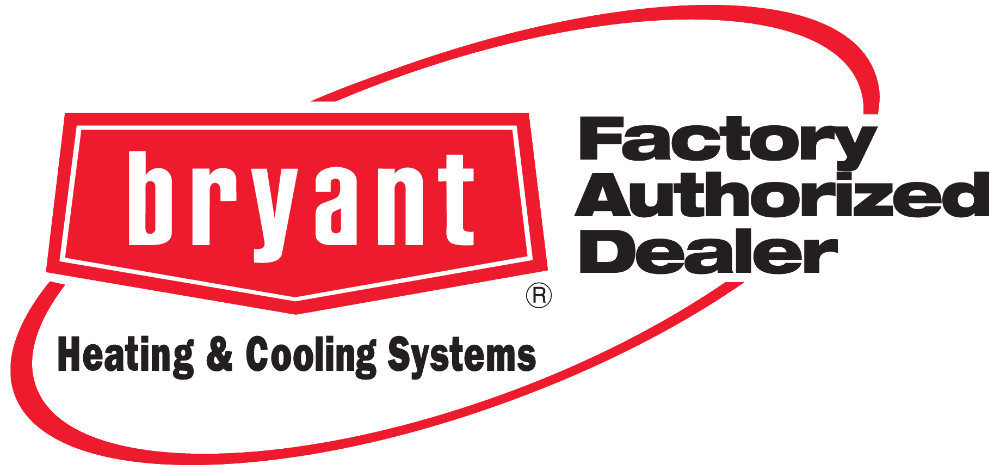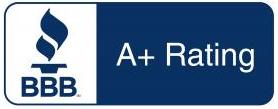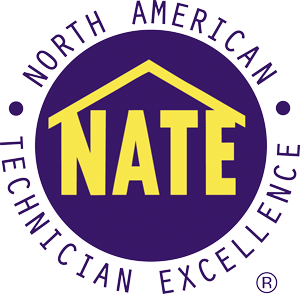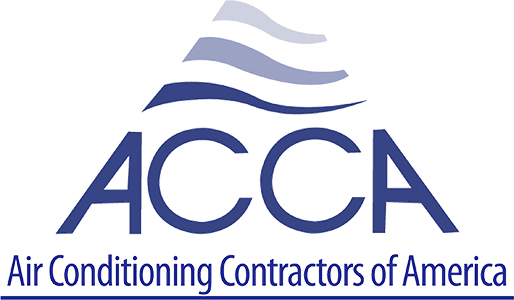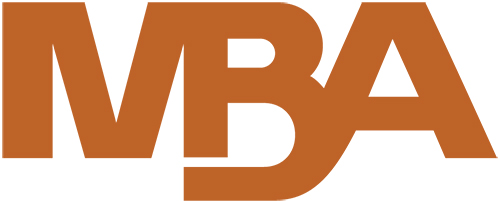A year ago, we were just beginning this “pandemic journey” and most of us were learning and considering many issues and practices that were very new to us then but are second nature to us now. Social distancing, mask-wearing protocols, self-imposed quarantine, and phrases like ‘we’re in this together’ and ‘stay safe’ were new, and not so worn out that we’re tired of them.
It’s painfully obvious, that when it comes to public health issues, we aren’t in Kansas anymore and things will never be the same again. Pandemic-level viruses and disease are not in distant places anymore but landing on the doorsteps of our homes and businesses, and the ways that we have always done many things for years are no longer wise or safe.
A recent article on Webmd.com that talks about the ways the Covid-19 virus can spread says…
- Droplets or aerosols. When an infected person coughs, sneezes, or talks, droplets or tiny particles called aerosols carry the virus into the air from their nose or mouth. Anyone who is within 6-feet of that person can breathe it into their lungs.
- Airborne transmission. Research shows that the virus can live in the air for up to 3-hours. It can get into your lungs if someone who has it breathes out and you breathe that air in. Experts are divided on how often the virus spreads through the airborne route and how much it contributes to the pandemic.
- Surface transmission. Another way to catch the new coronavirus is when you touch surfaces that someone who has the virus has coughed or sneezed on. You may touch a countertop or doorknob that’s contaminated and then touch your nose, mouth, or eyes. The virus can live on surfaces like plastic and stainless steel for 2 to 3 days. To stop it, clean and disinfect all counters, knobs, and other surfaces you and your family touch several times a day.
Consequently, things like IAQ (Indoor Air Quality), need to be seriously considered and addressed more than ever. It used to be that a homeowner, business owner, or landlord was fine simply providing whatever filtration was standard on their HVAC System, but now that may no longer be the best way to help keep us healthy.
This past year I’ve been getting the word out through our website and our other marketing channels about a few things we can do to help keep ourselves healthy, and some of it about air quality bears repeating.
Air Purifiers
Along with a good media air filter, an air purifier offers an additional level of protection that more and more people are wanting. There are several air purifiers that do a reasonable job on various types of contaminants. In my home and office, we have a unit called the RGF Reme-Halo® Air Purifier. I like it because instead of using only strong Ozone or UV lights, when it’s on it produces an ‘Oxidation Plasma’ that disperses throughout the air and settles on all the surfaces. It consists of ionized hydro-peroxides, which are more ‘friendly,’ because after the oxidation of the pollutant (after it contacts and destroys the bacteria, virus, volatile organic compounds, odors, smoke etc.), it reverts back to oxygen and hydrogen.
This air purifier works best in a central air ductwork system, but they also have small portable units that can cover individual rooms. Good-quality air filters and air purifiers are available anywhere in North America, and I strongly recommend that an HVAC professional install the units, so that the whole system can be considered and best utilized.
If you have a central air HVAC system, another thing that would be helpful is to maximize the air flow in the unit, so that the air exchange increases through it. Most central systems have a fan that has several speed settings, and if more air goes through the system per hour, more air cleaning can be accomplished. In commercial applications, most codes currently call for introducing fresh outside air into the facility at only a 10% air exchange rate. And residentially the ASHRAE standard for air exchange is tiny; only .35 air exchanges per hour, or about 15 cubic ft. per minute ( bathroom fan is 90 to 130 cubic ft per minute).
I believe these codes and standards are going to change now, and I think they should. Regardless of what becomes required, investing in better indoor air quality equipment is a safe bet to help keep us all healthier in this ever-changing world.
Bruce Davis, Sr.
President, Director of Education and Learning, Sales Manager, Licensed Journeyman Plumber, Licensed Electrician,
HVAC/R Electrical Administrator, HVAC/R, Certified WA State C.E.U. Instructor
Bruce Sr is President of Day & Nite Plumbing & Heating, a 67-year-old family owned and operated plumbing and heating business in Lynnwood, Washington. Bruce can be contacted at: Email: Bruce@dayandnite.net
Day & Nite Plumbing & Heating Inc. 16614 13th Ave. W. Lynnwood, WA 98037 800-972-7000

